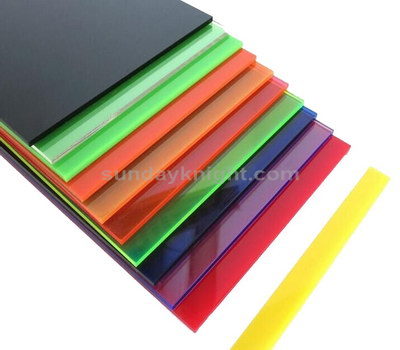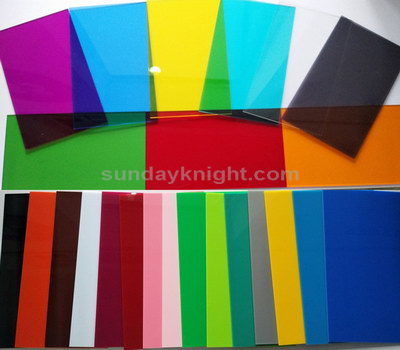In recent years, the quest for sustainable and environmentally friendly materials has gained significant importance. One such material that has been gaining attention is acrylic, a versatile and durable plastic often used in various applications, from signage to furniture. This article delves into the sustainability aspects of acrylic materials and explores methods to minimize their environmental impact during manufacturing and use.



Sustainability Characteristics of Acrylic Materials
Acrylic, also known as polymethyl methacrylate (PMMA), possesses several sustainability features that make it a compelling choice for various industries. Firstly, acrylic is a highly durable material that has a longer lifespan compared to other plastics, reducing the need for frequent replacements. This durability translates into reduced waste generation and fewer resources being utilized in the long run.
Secondly, acrylic materials are lightweight, which aids in transportation efficiency and reduces associated carbon emissions. This quality is particularly important in applications such as transportation, where lighter materials contribute to improved fuel efficiency and decreased environmental impact.
Additionally, acrylic is recyclable, though the recycling process can be complex due to the material’s characteristics. However, advancements in recycling technologies are making it increasingly feasible to recycle acrylic materials, further contributing to its sustainability.
Methods to Reduce Environmental Impact
- Efficient Manufacturing Processes: The manufacturing of acrylic materials involves energy-intensive processes. Implementing more energy-efficient manufacturing techniques and using renewable energy sources can significantly reduce the carbon footprint associated with production.
- Recycling Initiatives: Increasing the focus on recycling acrylic materials can greatly mitigate their environmental impact. Developing more streamlined recycling methods and creating incentives for consumers and industries to recycle acrylic products will reduce the need for virgin acrylic production.
- Reduced Waste during Fabrication: Minimizing waste during the fabrication process can be achieved by utilizing computer-aided design (CAD) software to optimize cutting patterns and reduce material wastage.
- Bio-based Acrylic Alternatives: Research and development into bio-based acrylic materials, derived from renewable sources like plant-based feedstocks, could provide a more sustainable alternative to traditional acrylic manufacturing.
- Extended Product Lifespan: Educating consumers about the durability of acrylic products and proper maintenance techniques can help extend their lifespan, reducing the frequency of replacements and subsequent resource consumption.
- End-of-Life Management: Developing efficient methods for handling end-of-life acrylic products is crucial. This includes creating avenues for easy disassembly, separation of different materials, and proper disposal or recycling.
Conclusion
Acrylic materials offer a range of sustainability benefits, from their durability and lightweight nature to their recyclability. However, like any material, their environmental impact can be further mitigated through strategic manufacturing processes, recycling initiatives, and increased awareness among consumers and industries. As we continue to seek solutions for a more sustainable future, acrylic materials can play a role in minimizing the environmental footprint of various products and applications.
